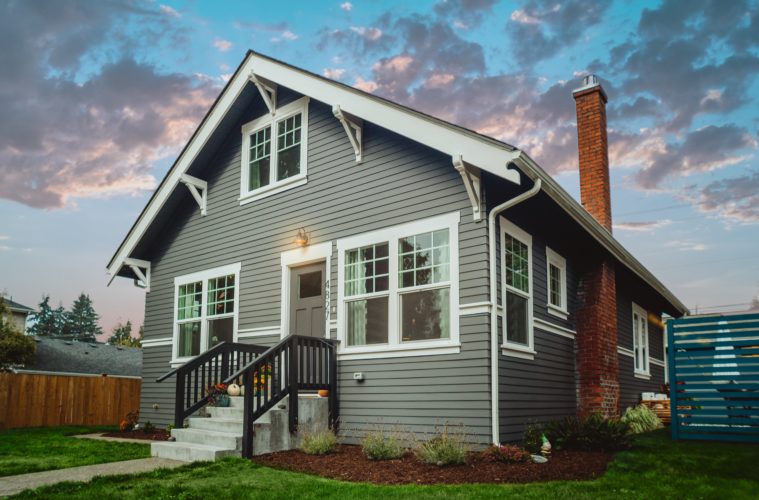An income property is a powerful tool for generating passive income and increasing your net worth over time. But rental properties are not free to own or to run, and how much money you earn on yours will depend both on how much rent you’re taking in and how much you’re spending on the operation.
Below, we’ll talk about some ways to make your operation leaner, stronger, and more profitable.
Use landlord software
Getting the most out of your rental property costs time and money. The more that you can reduce those two investments, the greater your profits will be (after all, profits are just income minus expenses — and reducing expenses is every bit as legitimate a way to increase profits as raising income is).
Few things will save you more time and money in the modern rental marketplace than the right landlord software. Online landlord software makes it easy to post great rental listings, accept rental applications, and even perform tenant screening, all through an online dashboard.
The efficiency and effectiveness of landlord software make it a great way to streamline your operation, screen tenants— and running leaner will mean bigger profits.
Sign long-term maintenance deals
When things go wrong on your rental property, your tenants will want you to fix them (and you have to do so — it’s your responsibility). That can be expensive, especially when you’re calling different contractors for one-off jobs. Doing this sort of work yourself can be a treacherous thing, too — messing up a DIY project can end up costing you more, not to mention upsetting your tenants.
What you should consider doing is working with one contractor exclusively. Sign a long-term deal at a discount, and you’ll always have someone to call. Similarly, you can start working with a property management company that will handle everything for you. Either way, you should be thinking about using long-term deals to keep costs down, quality high, and more of your own time and money free for other priorities.
Invest in a fixer-upper
The quality of the space that you’re renting to tenants is, of course, a huge part of how much you’re going to be able to charge in rent. The nicer the place, the higher the price — that’s just how the world works.
But, of course, the nicer places also cost more to buy. When you invest in a luxury apartment building, you’ll be able to charge tenants high rents, but you’ll also have to use a whole lot of that money to cover the expense of buying the fancy building in the first place. Opt for a cheap run-down home, and you’ll spend less to buy it, but you may also find that you have to charge lower rents to entice people to move in.
The key to taking advantage of this situation is to remember that you don’t have to leave your property as you found it. You can do a lot to improve your space, especially if you buy a fixer-upper with lots of unrealized potentials, explain experts in home restoration in Harrisburg, PA.
You’ll have start-up costs to consider here, of course. While you’re extensively remodeling a property, you probably can’t have tenants living there and paying rent at the same time (it may not even be legal). And, of course, remodeling work doesn’t always come cheap. And be wary of prices that seem too good to be true — a cheap contractor may charge less than a good one, but you’ll spend more when you have to hire a good contractor to fix the cheap one’s work.
It’s also important to remember that location matters, and that pouring too much money into renovations in an area without a market for luxury spaces can be a mistake. But if you can afford to do so, making smart improvements — either all at once or incrementally and to either a fixer-upper or a perfectly nice property — can be a great way to get even more out of your income property. You could even flip the property after a while and move on to transforming a different one.

